Still Lifewith a Composition of Fruit
Dimensions: framecm L 76.5 x H 61 x D 6.5. Canvas cm L 55.5 x H 40
Thisoil-on-canvas painting, of excellent quality, depicts a still life with acomposition of fruit. White and black grapes, peaches, figs, and quinces arearranged inside a glass bowl, whose transparency is masterfully renderedthrough delicate highlights that emphasize the reflections of light. Thecomposition occupies the entire canvas; the grapes, vine leaves, and somefruits placed outside the bowl are partially depicted, as if they were spillingout of the viewer's sight and the frame. This is a typical Baroque trick thatenhances the theatricality and abundance, creating a composition that is notstatic but engaging. Little is revealed of the environment in which the fruitis portrayed; the fruit is lit by a light coming from the left, which highlightsthe colors and forms through skillful use of shadows, some of which are verypronounced.Stylistically,this work fits into the catalog of Giovanni Paolo Castelli, known as "LoSpadino" (Rome 1659-1730). The exuberant Baroque decoration, the qualityof the fruit depiction, and the saturated, vibrant color palette are allelements that characterize the known works of the Roman painter.GiovanniPaolo Castelli, called "Lo Spadino," is the most famous figure in afamily of artists specializing in still lifes, active in Rome during the secondhalf of the 17th century and the early decades of the 18th. The Castelli familyincluded three related painters: the brothers Bartolomeo (1641-1686) andGiovanni Paolo, separated by eighteen years, and Giovanni Paolo’s son, alsonamed Bartolomeo (1696-1738). Giovanni Paolo is the most famous and documentedmember of the Castelli family, known as "Lo Spadino," a nicknamederived from a small dagger that he symbolically placed among the fruit in apainting, which was later adopted by his son and also used in officialdocuments.GiovanniPaolo was born in Rome on April 8, 1659, the son of Felice, originally fromMontalto delle Marche, and Domenica Crescenzi, from Rome. On March 28, 1690, hemarried Apollonia De Marchis, daughter and sister of two "quadrari"(painters specialized in the depiction of frames), Giovanni and Tommaso, wholater helped spread Castelli’s works.The painterlived in Rome, as evidenced by parish records from San Lorenzo in Lucina andSanta Maria del Popolo. He spent his youth near the port of Ripetta and alwayslived in the vicinity (via del Babuino, Corso, and via dei Condotti). Between1680 and 1683, there is a documentary gap due to the fact that the painterserved a prison sentence for murder.GiovanniPaolo received his first artistic training in his elder brother Bartolomeo'sworkshop, who was also a painter of still lifes. After Bartolomeo's death in1686, Giovanni Paolo inherited the workshop, the paintings, and the clientele,receiving important commissions from Roman noble families. His works arecataloged in the most important Roman and Italian collections, such as theCorsini, Colonna, Borghese, Pamphili, and Chigi galleries. His closerelationship with the Flemish painter Giovanni Herinans, court painter to thePamphili family, and his connection to the artist Adriano Honinck demonstratehis strong ties to the Northern European artistic environment. Moreover,between 1671 and 1674, he lived near Abraham Brueghel, whose works had a significantinfluence on him, imparting a taste for bold, intense color combinations. Hewas also greatly influenced by the German artist Christian Berentz (1658-1722),who arrived in Rome in the 1680s and remained there until his death.ThroughBerentz’s example, Castelli adopted the habit of including transparent orreflective objects in his compositions, such as crystal glasses, glass fruitbowls, and silver objects, which allowed him to explore the multiplepossibilities of light play. While Bartolomeo the elder still adhered to thelegacy of Michelangelo Cerquozzi's works, Giovanni Paolo distinguished himselfwith a more vibrant, free, and expressive use of color, achieving the highestacclaim within the Castelli family as the finest interpreter of the prevailingBaroque fervor.Giovanni Paolo Castelli died in Rome around1730.The workunder study fits perfectly among the paintings influenced by Berentz’sexploration of light reflections on glass and crystal. The fruit bowl depictedhere shows a perfect rendering of the material’s transparency, with the fruitsdescribed in apparent disorder, yet carefully balanced in their color and form.Even where the grape bunch seems to fall towards the left, it finds a balancein the opposing branch of the fig. Similar compositions and glass bowlsfrequently appear in his paintings. The artworkis presented within a wood frame in style, lacquered to faux marble. We apologizefor any translation errors from Italian. Please click here to read theexpertise in Italian.
Pleasecontact us to read the expertise in Italian.





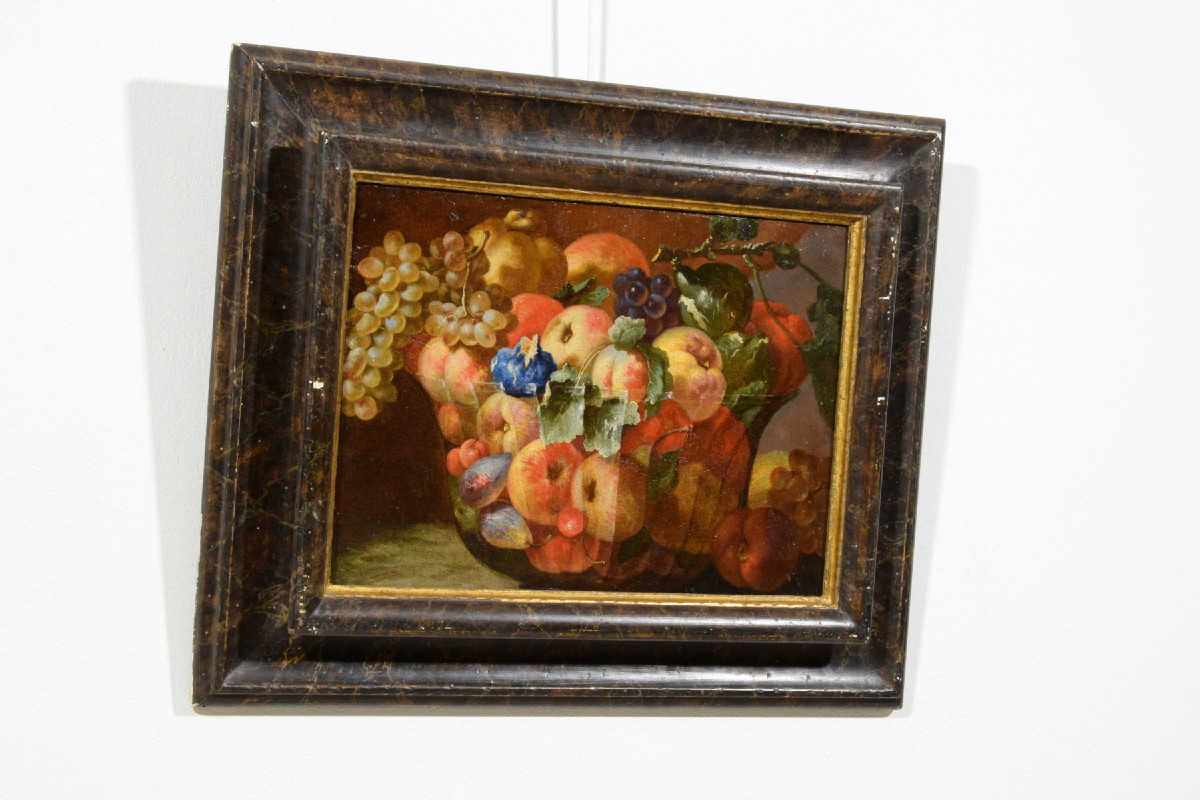

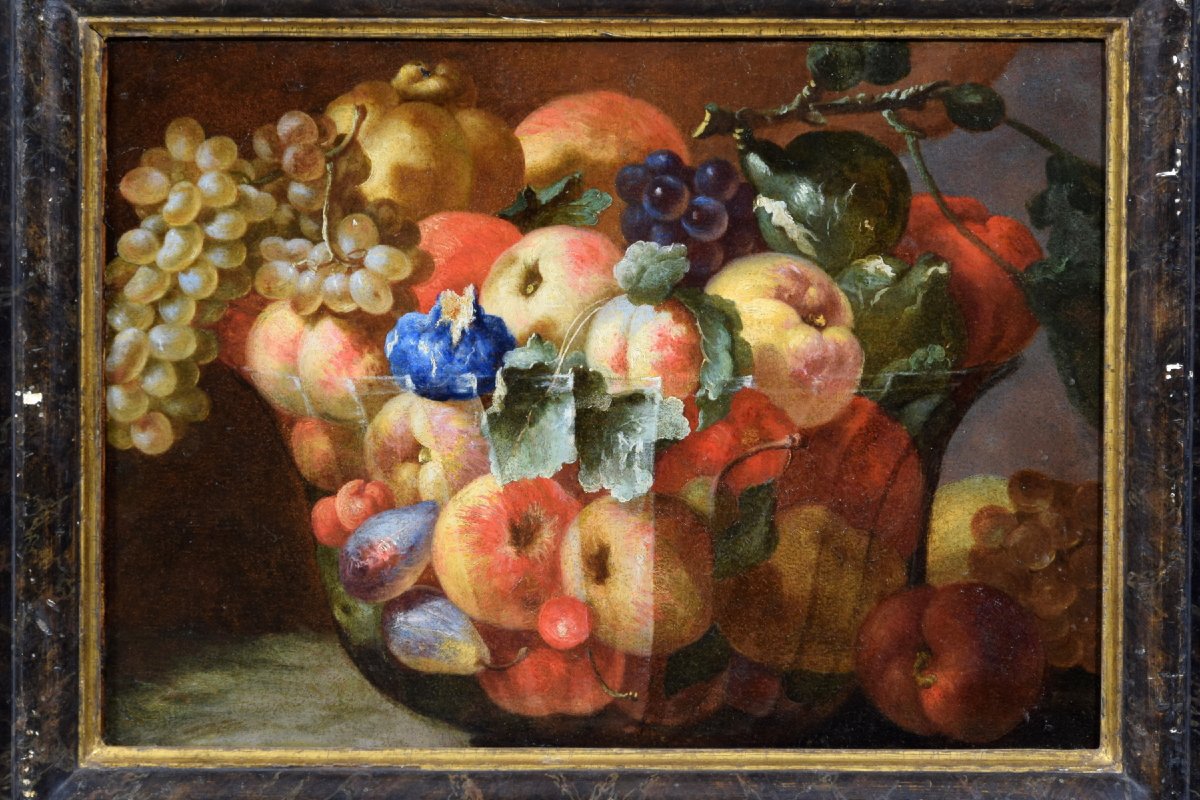





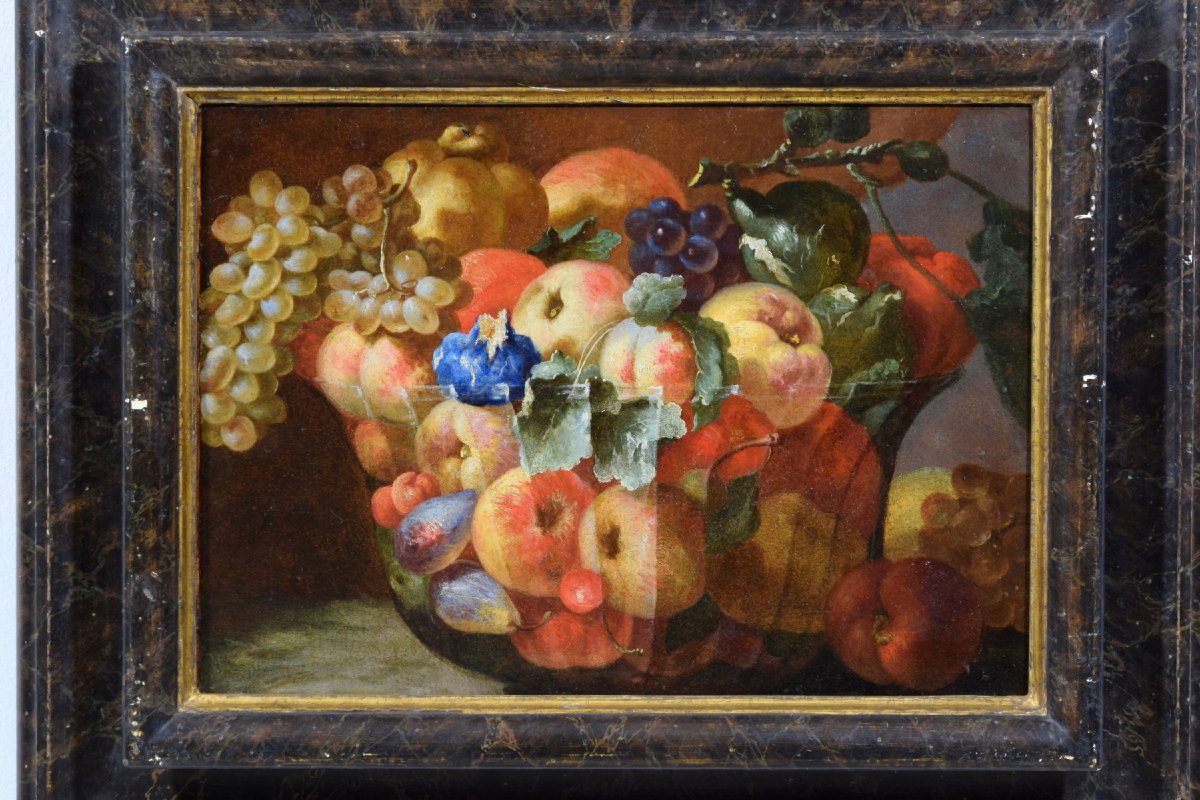















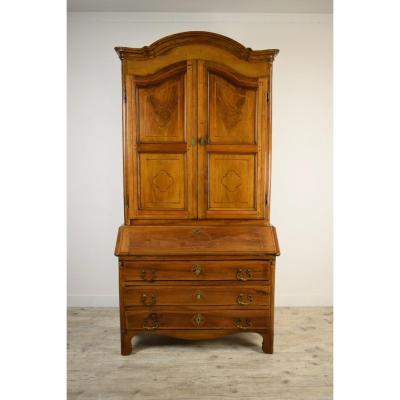
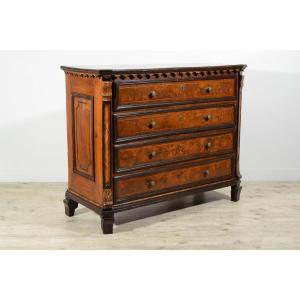





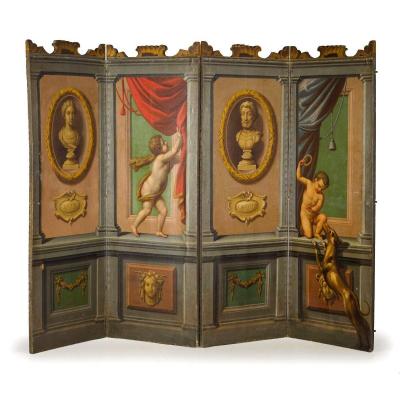
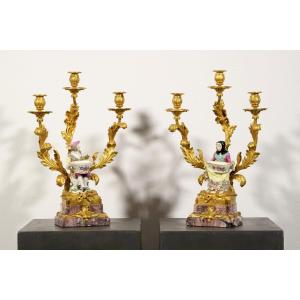

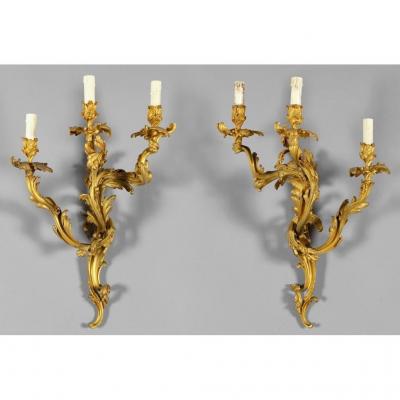
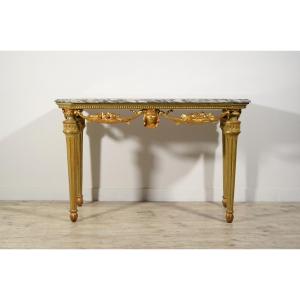


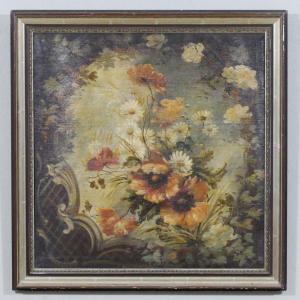
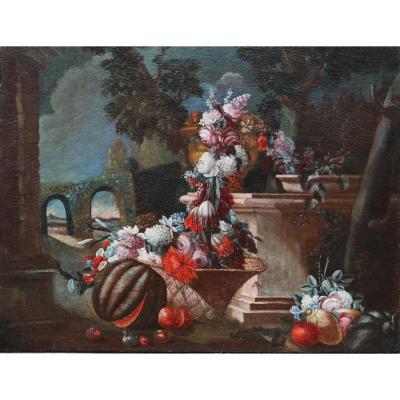

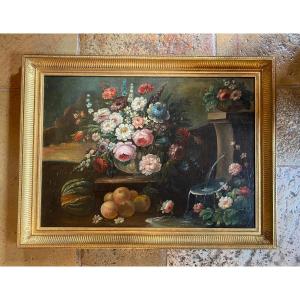



 Le Magazine de PROANTIC
Le Magazine de PROANTIC TRÉSORS Magazine
TRÉSORS Magazine Rivista Artiquariato
Rivista Artiquariato